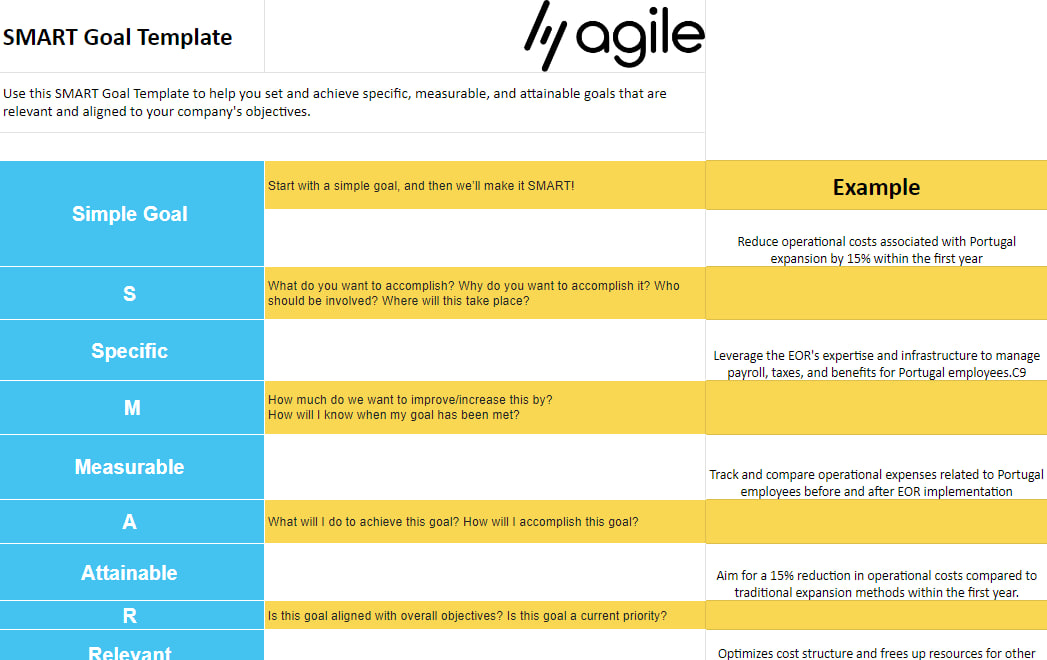Setting goals and objectives is crucial for the success and growth of any organization. As a key player in this process, HR plays a vital role in defining, aligning, and tracking these goals. In this blog post, we will explore the significance of setting organizational goals and objectives and how to make them as SMART goals.
Reflecting on the Past Year
To move forward, we must first look back. Evaluating the achievements and failures of the past year provides valuable insights into the organization’s strengths and weaknesses. By conducting a thorough analysis, HR can identify areas that require improvement and build upon successes.
Defining SMART Goals and Objectives
According to Techtarget, setting clear and measurable goals is crucial for organizational success. One popular framework for goal setting is SMART, which stands for Specific, Measurable, Achievable, Relevant, and Timely. According to TechTarget’s SearchCIO, SMART goals help organizations track progress, align individual efforts, and evaluate performance.
To define SMART goals effectively, organizations should follow these steps:
- Assess the business state and external factors
- Establish specific and aligned goals
- Prioritize goals based on rankings and responsibilities
- Set measurable metrics and benchmarks
- Integrate goals into existing processes
- Communicate goals to employees and teams
- Regularly evaluate and adapt goals as needed
SMART Goal Template
Involving the Team
Employee involvement is crucial for the success of goal setting. Encouraging feedback and ideas from employees can lead to innovative solutions and a sense of ownership. HR should foster a culture of open communication and collaboration, empowering employees to contribute to the goal-setting process.
Download a SMART Goal Template
Aligning Goals with the Organization's Vision and Mission
To maximize engagement and motivation, it is essential to align goals with the organization’s vision and mission. When employees understand how their individual goals contribute to the larger organizational objectives, they develop a greater sense of purpose and fulfillment in their work.
Prioritizing Goals and Objectives
Effectively prioritizing goals and objectives enables organizations to focus on what truly matters. By allocating resources and assigning responsibilities strategically, HR ensures that efforts are concentrated on key priorities. This approach promotes productivity, efficiency, and clear accountability.
As the new year approaches, it is essential for organizations to set clear visions and well-defined goals and objectives. HR plays a critical role in the countdown to the new year by guiding the goal-setting process, involving the team, aligning goals with the organization’s vision, prioritizing objectives, and tracking progress. By embracing the SMART framework and fostering a culture of collaboration, organizations can set themselves up for a successful journey towards growth, strategic alignment, and overall success. Let’s welcome the new year with a clear vision and determination to achieve our goals.
Tracking Progress and Making Adjustments
Continuous tracking and monitoring of progress are vital for goal achievement. HR should establish mechanisms to measure and evaluate progress regularly. This allows for timely adjustments, ensuring that goals remain relevant and effective.
Curious to learn more about how AgileHRO can help facilitate your SMART goals in 2024? Get in touch!
